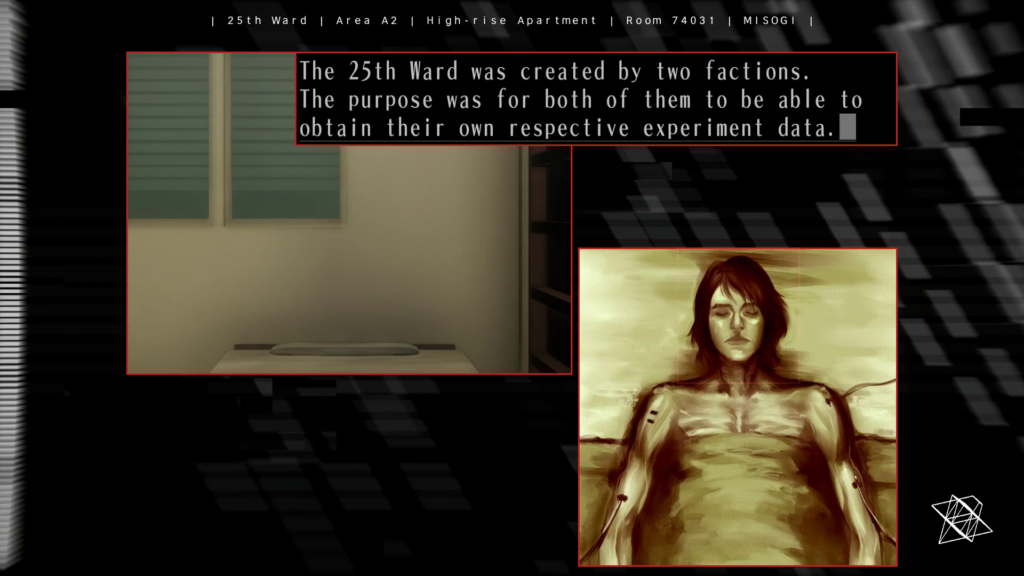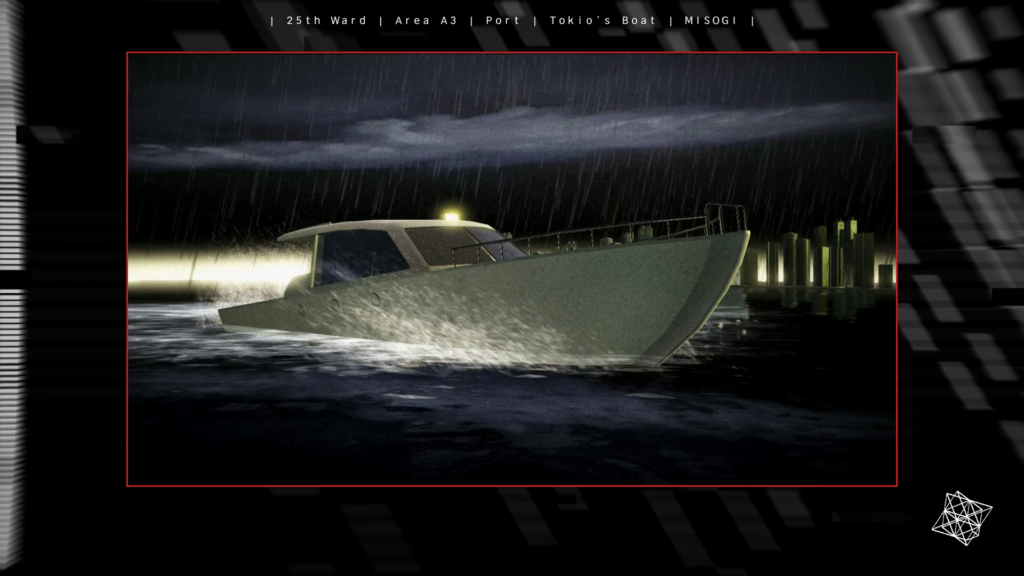But Meru also never fully understands herself as the Meru identity, writing about herself as someone separate from Meru. Milu and Miru complicate and challenge Meru’s identity, mirroring how the “real,” respected, and accomplished Kamui/Ayame that the authorities desire, and the atomizing shelter-like apartments Kinshiro rules, limit her and Tokio’s self-expression. Adding another layer is that Meru is transgender and desires to be treated as a “proper woman” (her point is always that she wants to be treated as a woman, suggesting Ooka considers her already to be one). This lends itself to a queer reading of Tokio’s own struggle to define himself on his own terms rather than as Kamui, adding an entirely new dimension to the oppressive, stifling weight of Kamui/Ayame in The 25th Ward.
Ultimately, Meru caves to the Ayame programming and the “murderous intent” or “criminal power” that pervades the shelter-like design of the 25th Ward. She murders Milu for mixing her combustible trash with noncombustible trash. In this act, like the brainwashed Format Kamui, Meru embodies authority, acting in the stead of the Postal Federation deliverymen who “adjust” citizens for similarly trivial reasons. Meru even does so with these secret police’s specialized equipment, the pin stick gun.
Meru does not want to be Ayame or Milu but her own, unique person. This proves impossible due to what the Ayame Maspro has done to her. First, Ooka cruelly specifies that Meru being treated as a woman is what causes her to awaken as the Format Kamui-style Ayame: “I was able to find who I was supposed to be [i.e. a woman]. When that happened, for some reason, my special abilities of a Shelter Child suddenly made themselves apparent.” In “MISOGI,” as a result of giving in to the Ayame persona inside her, Meru dies. Ayame, the false, imposed identity, grows while Meru’s body wastes away. Second, after the deaths of Milu and Miru, Meru’s dialogue portrait is labeled “Miru.” She has, then, become the “real” Miru after the elimination of the other two members of the Goddess Trinity but has failed to become herself—she is now just the chatbot.

Even after her death, however, Meru both enlists and continues to support Tokio in accomplishing a successful blow against the rulers of the 25th Ward. Meru recognizes that the 25th Ward serves as another Maspro-style experiment. Together, the two use their Kamui/Ayame powers steal the experimental data from the biological computer that replaces Nezu. Rather than selling it to another political syndicate of old men as Kipple demands, they release the information online, wrecking the entire financial scheme of the oligarchs and engaging in WikiLeaks-esque activism.

This touching finale is the only semi-happy ending to any storyline in The 25th Ward. Importantly, it is collaborative and social in nature rather than solitary assassinations. A dialectical element remains in that the rebellion involves abilities Tokio and Meru possess only because of the Shelter Kids Policy. But liberatory potential exists, but yet again very much despite and resisting Kamui/Ayame, rather than focalized on Kamui/Ayame as “the words of the people.” Meru accomplishes what she does, like Tokio, despite Kamui/Ayame.
***